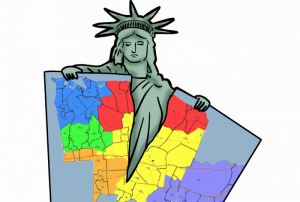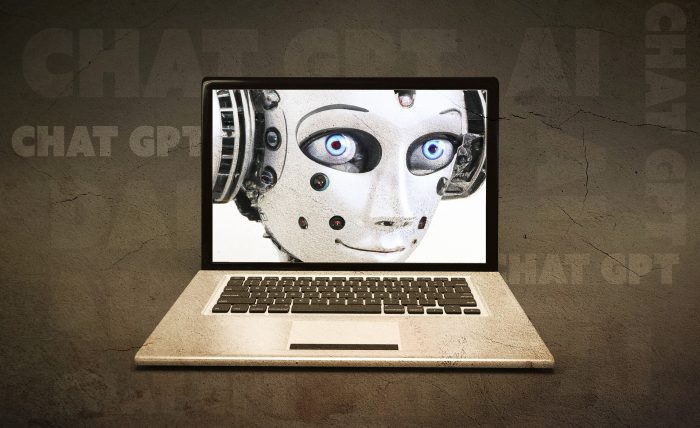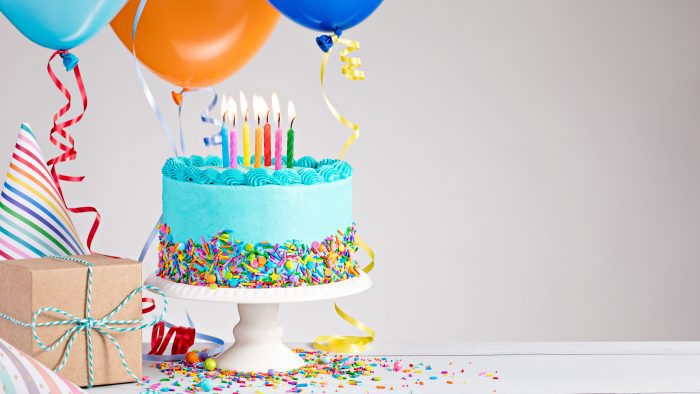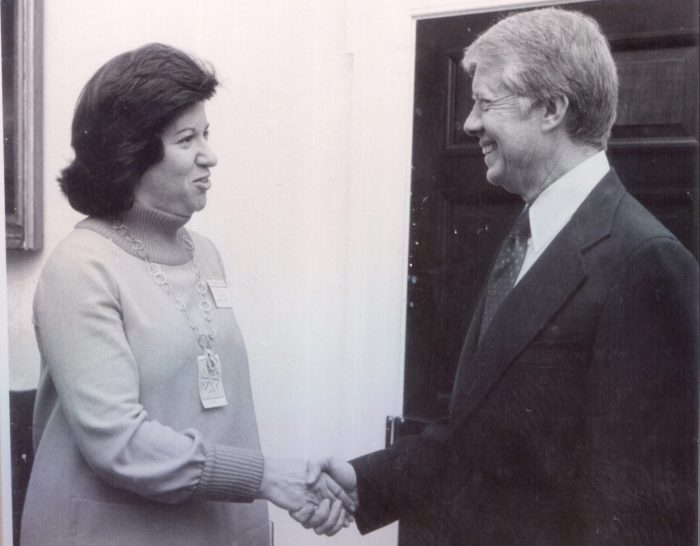By Leah S. Dunaief

A dear friend is British and sent us an invitation to a coronation party a couple of months ago. It was more like a “save the date” at that point, but we could already feel his excitement. It was to be held at his and his wife’s home. We would not be expected to arrive in time to see the real thing in the middle of the night on May 6, the time difference being what it is, but rather we would catch a recording of the historic event starting at 12:30 p.m., a much more civilized hour.
We were instructed to wear clothes that would be appropriate for a visit to Ascot. For those who might not know, Ascot is a racecourse that was founded by Queen Anne in 1711, when the American colonies were still in their cradles. Described on the internet as being a “pillar of British sporting and social culture,” it is a snooty place.
We got the idea. We were to dress up. And especially, we were to wear our finest jewelry, with much bling, which in my case consists only of a string of pearls. On the day, I forgot to adorn myself. But for some reason, probably because I must have seen pictures in my checkered past, I associate Ascot with large, elegant, saucer-shaped hats.
Now I don’t own a hat, if you exempt my ski cap. So I begged a young and chic friend to loan me one of hers, which she did. It was a broad-brimmed brown straw job with a black netting, and it coordinated perfectly with the rest of my outfit, which consisted of a black silk blouse and brown patterned cotton pants.
Last Saturday, Coronation Day, I sailed into the party as if I were joining the crowd at Ascot, hoping the hat would not in turn sail off from its rakish angle on the side of my head. Happily, it obeyed.
The party was a total delight. The hosts had decorated their home with every possible bit of Britannica, from posters to red, white and blue Union Jacks that were hung from the rafters on the back deck and emblazoned on the napkins and paper plates. By the way, since I didn’t know this and was interested to learn so I am sharing with you, the Union Jack (from Jacobus, the Latin version of James) represents a combination of the flags of England, Scotland and Ireland. Sadly, Wales is not represented due to historic mis-timing, but was given a “supporter” role in the royal coat of arms of England, used by the Tudors from 1485. The Welsh don’t seem to mind.
The food was symbolic and simply scrumptious. There was beef and kidney pie, pork rolls, two different kinds of quiche, salad, chopped veggies in what seemed like a vinegar drizzle, slices of fresh ham with mustard, croissants filled with lunch meat, and an overflowing bread basket. I’m sure I am forgetting half the delicacies. And then there were the desserts lined up on a groaning dining room table. As you can imagine, all of this was washed down nicely with red and white wines and glasses of champagne. Charles would have been impressed.
The weather cooperated wonderfully, the day bright with sunshine and the perfect temperature for all humans in the 70s. As if all the above were not enough, the hosts created a Royalty Coronation Quiz. With prizes for the winners. (“Stuff I’ve wanted to get rid of for years,” according to the Master of Ceremonies.) There were 20 questions, such as “Name the three children of Prince William of Wales,” and “Explain President Biden’s snub to the British by just sending his wife to attend the Coronation.”
Some 25 guests were at the festivities, four with UK accents, the rest of us Americans, I’m guessing. We acquitted ourselves reasonably well. I came home with four flamingo long stemmed stirrers and a tiny bottle of gin.


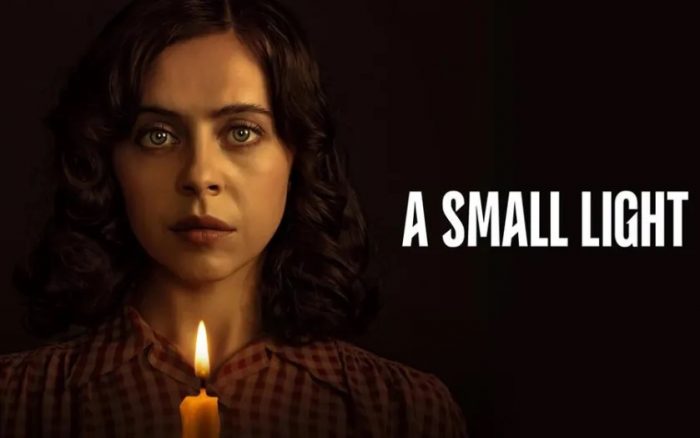
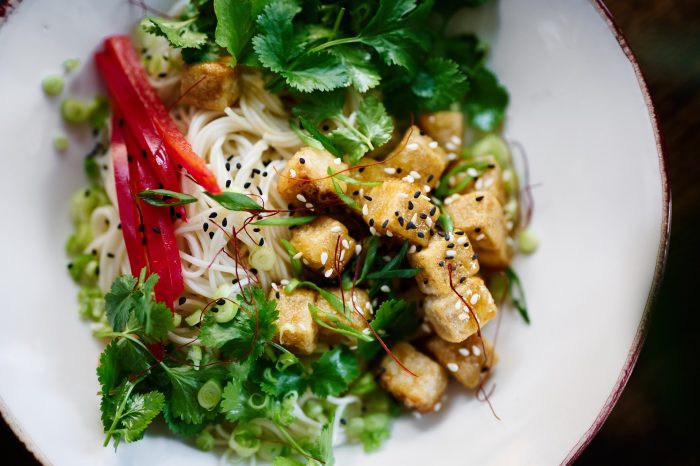

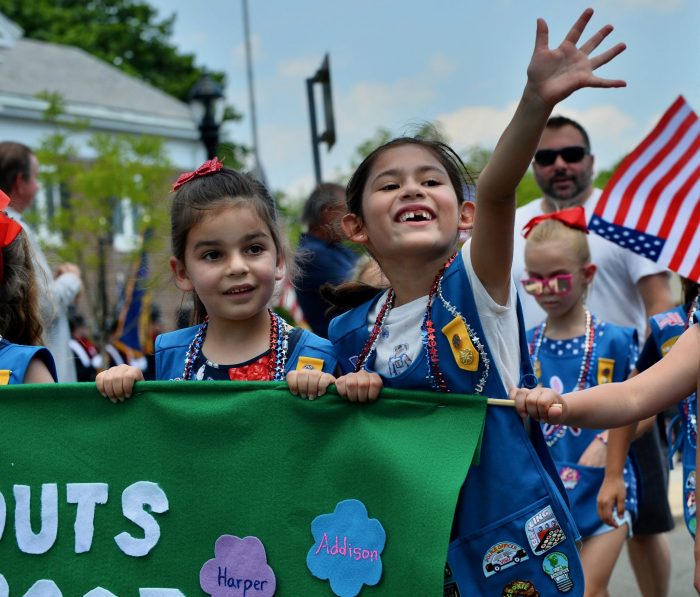
 “Newspapers create a brand-new product on a daily or weekly basis, 52 weeks a year,” said New York Press Association Executive Director Michelle Rea in a press release. “They work on tight deadlines with small staffs, covering local government, breaking news, sports, business, entertainment, and more. Receiving recognition from their peers in another state is affirming and energizing. We salute them for the top quality, important work they do.”
“Newspapers create a brand-new product on a daily or weekly basis, 52 weeks a year,” said New York Press Association Executive Director Michelle Rea in a press release. “They work on tight deadlines with small staffs, covering local government, breaking news, sports, business, entertainment, and more. Receiving recognition from their peers in another state is affirming and energizing. We salute them for the top quality, important work they do.”